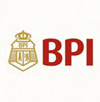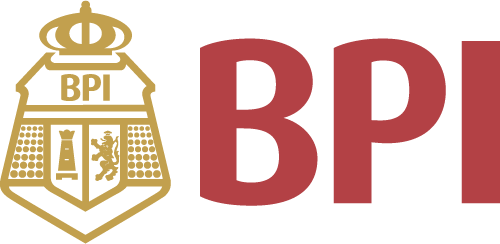All Categories


USA Knifemaker EDM Mosaic Pins- Brass or Stainless Steel (SS-Mallard, 10mm)
Share Tweet
of brand new stock?
or
Need this item ASAP?
Check if this is available on Amazon
or available in other sites
Send us the link so we can buy for you








About USA Knifemaker EDM Mosaic Pins- Brass Or Stainless
To use, cut the EDM mosaic pins to size. The length of these pins is 5.3”. A typical knife handle is around a 1” to 1.25” thick. Some handles on larger knives are thicker of course. Some are thinner. Cut your pins to slightly oversize. When cutting, use a sharp saw blade and keep the heat to a minimum to avoid softening or losing the epoxy filler. Epoxy can fail or run out if over-heated. These pins are inserted into the knife handle just like you would a typical metal pin. They are then sanded flush to the handle material. It is unlikely but possible there may be a hidden void in the epoxy. Fill in any gaps with a super glue and the repair should be invisible. Super glue is usually clear but when used as a repair in the pins, will show the color of the dyed epoxy. The same repair technique can be used on the ends of your cut pin if some epoxy is lost during the cutting or sanding process. **Tip: When using pins to fasten handles, the hole in your scale material should be slightly larger than the pin stock used. Pins for handles should move in the tang/scale holes fairly easy. This is especially important with natural or fragile handle materials. Grind or file a small notch or two midway in the pin. This will allow the epoxy to fill that notch during your glue up to give a mechanical lock with the hardened epoxy in place. If your pin material is too tight and you have to tap it into the handle material during glue up, the scale will eventually crack from the stress. This is especially the case with natural materials that tend to absorb humidity and shrink or swell with humidity changes. As evidence of this, look at old knife handles and see how many are cracked around the pins. They didn’t ship knives with cracked scales but did use pins that were too tight and the material, through natural movement with humidity simply cracked to relieve the stress. Let the epoxy do its job to hold the pin in place.





















